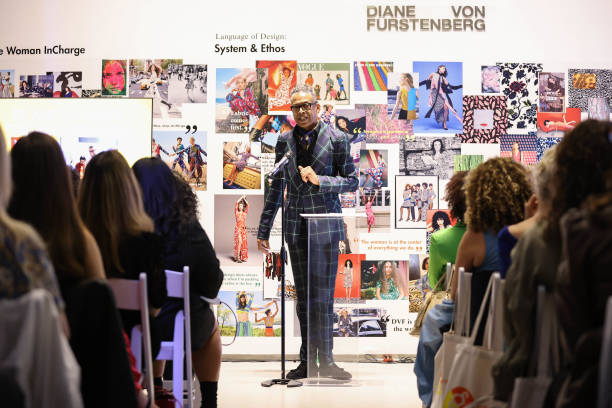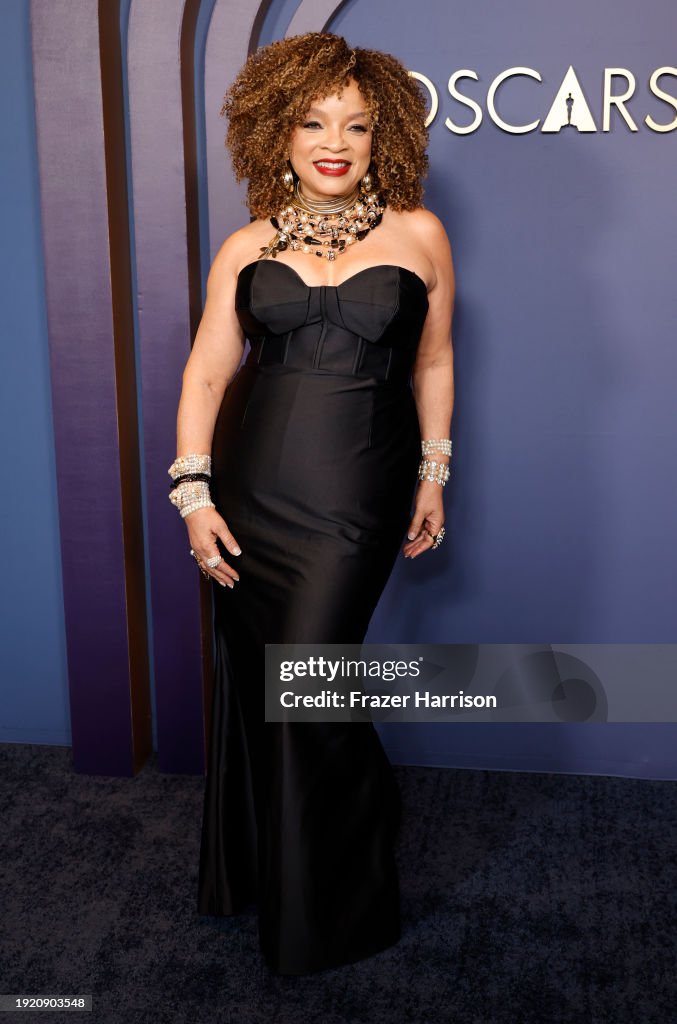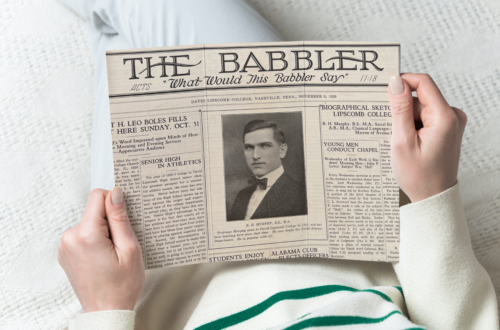Black Fashion Night Celebrates History and Trends at Lipscomb University
Lipscomb University’s Black Student Association (BSA) is gearing up to host a captivating event, Black Fashion Night, to commemorate Black History Month. The event, which was held on Feb. 21 at Ezell Chapel, promised to be a vibrant showcase of black fashion spanning from the 1950s to the 2000s.
In preparation for Black Fashion Night, the research conducted by freshmen fashion majors, Kayna Bowman and Arianna Miller, unearthed significant insights into the history of black fashion. Their diligent efforts shed light on the contributions of pioneering designers and iconic trends that have shaped the industry.
During my conversation with Saxon Brown, the Vice President of BSA, he underscored the significance of the event, emphasizing its role in celebrating cultural heritage through fashion. “Black Fashion Night is not just about style; it’s about honoring the creativity and innovation of black designers throughout history,” Brown said.
Similarly, Kyrah Gary, the Treasurer and Event Coordinator of BSA, shared her enthusiasm for the event, highlighting her fascination with the fashion trends of the early 2000s. Both Brown and Gary’s perspectives underscore the diverse range of styles and influences that will be showcased during Black Fashion Night.
Each decade will showcase work from famous black designers over the years.
1950’s and 1960’s

Ann Cole Lowe designing Jacqueline Kennedy’s iconic wedding gown (courtesy of Getty Images)
Ann Cole Lowe’s story resonates as a testament to resilience and artistry. Learning the craft from her grandmother, Lowe’s exquisite gowns, adorned with intricate handiwork and floral motifs, garnered acclaim among the American elite in the 1950s and 1960s. Despite creating Jacqueline Kennedy’s iconic wedding gown, Lowe’s contributions often went unrecognized, reflecting the challenges faced by black designers in gaining mainstream recognition.
Zelda Barbour Wynn Valdes, the first black designer to open her own shop on Broadway in New York City, redefined the fashion industry with her iconic creations, including the Playboy Bunny suits. Her designs, worn by celebrities like Dorothy Dandrige and Ella Fitzgerald, exemplified elegance and sophistication.
1970’s and 1980’s
The 1970s and 1980s witnessed the rise of Willi Smith, who revolutionized streetwear and advocated for inclusivity in fashion. His commitment to crafting clothes for everyone solidified his status as a game-changer, inspiring a new generation of black designers.

B. Michael (courtesy of Getty Images)
B. Michael, whose elegant designs have adorned music, TV, and Hollywood stars since the 1980s, continues to make waves with his timeless creations. Despite gaining viral attention on social media, B. Michael’s name remains relatively unknown, underscoring the need for greater recognition of black talent in the fashion industry.
Stephen Burrows made history as the first African American designer to gain international stature in the 1970s. His innovative designs, worn by icons like Diana Ross and Liza Minnelli, captured the essence of an era and left an indelible mark on the fashion landscape.
Ruth E. Carter’s groundbreaking work in costume design for film and television has earned her multiple Oscars and global acclaim. Her Afrofuturistic designs for “Black Panther” showcased the beauty of black culture on a global stage, inspiring generations.
Patrick Kelly brought joy and sophistication to the fashion world with his playful yet elegant designs in the 1980s. His creations, adorned with signature buttons and banana skirts, challenged norms and left a lasting legacy.
1990’s-2000’s

Ruth E. Carter (courtesy of Getty Images)
Ruth E. Carter, celebrated for her work in costume design for film and television, made history as the first black woman to win multiple Oscars. Her Afrofuturistic designs for “Black Panther” showcased the beauty of black culture on a global stage, inspiring generations.
Patrick Kelly brought joy and sophistication to the fashion world with his playful yet elegant designs in the 1980s. His creations, adorned with signature buttons and banana skirts, challenged norms and left a lasting legacy.
Andre Leon Tally’s influence as a fashion journalist and editor-at-large of Vogue Magazine extended far beyond the pages of a magazine, shaping the industry and championing diversity in fashion.
As we celebrate Black Fashion Night at Lipscomb University, let us honor the trailblazers, innovators, and visionaries who have paved the way for a more inclusive and diverse fashion industry.





